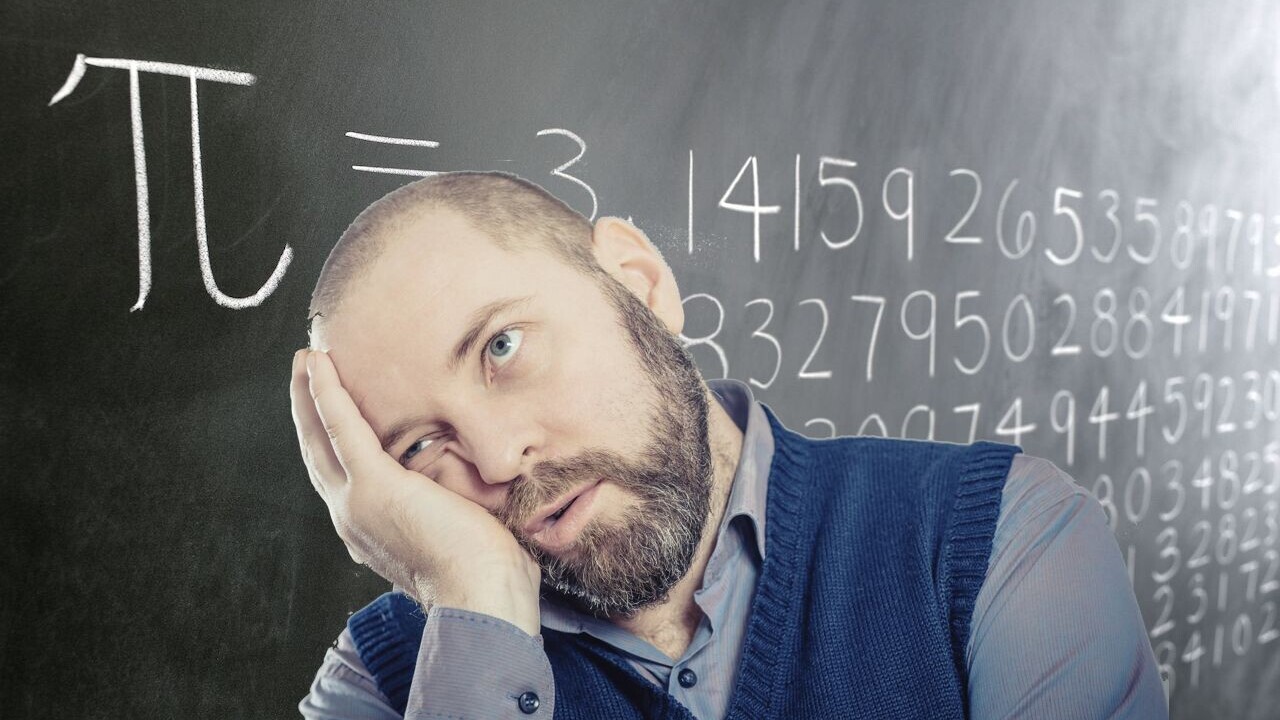All Articles for
Digits Of Pi
This page is about the history of approximations; see also chronology of computation of for a tabular summary. See also the history of for other aspects of the evolution of our knowledge about mathematical properties of . Approximations for the mathematical constant pi () in the history of mathematics reached an accuracy within 0.04% of the true value before the beginning of the Common Era (Archimedes). In Chinese mathematics, this was improved to approximations correct to what corresponds to about seven decimal digits by the 5th century. Further progress was made only from the 15th century (Jamshīd al-Kāshī), and early modern mathematicians reached an accuracy of 35 digits by the 18th century (Ludolph van Ceulen), and 126 digits by the 19th century (Jurij Vega), surpassing the accuracy required for any conceivable application outside of pure mathematics. The record of manual approximation of is held by William Shanks, who calculated 527 digits correctly in the years preceding 1873. Since the mid 20th century, approximation of has been the task of electronic digital computers; the current record (as of 2014) is at 12.1 trillion digits, calculated in 2013.
